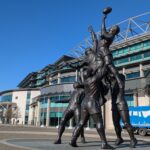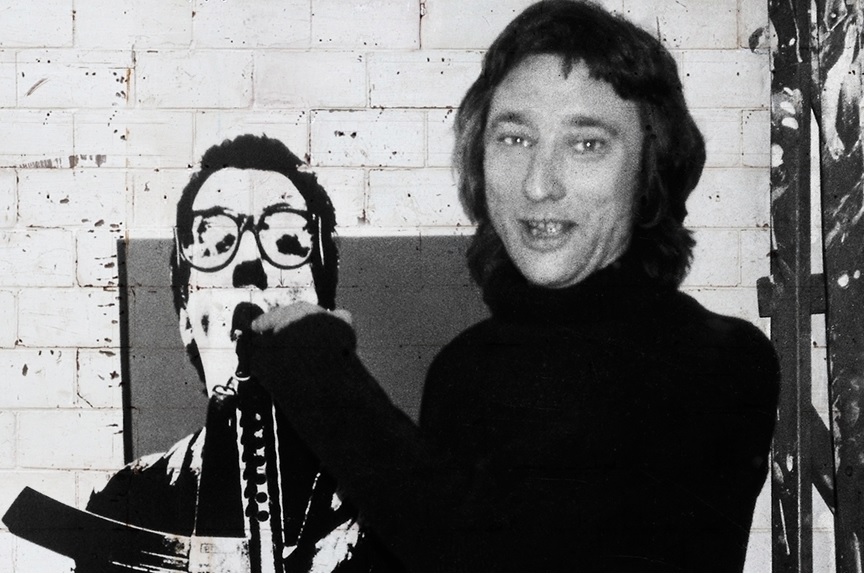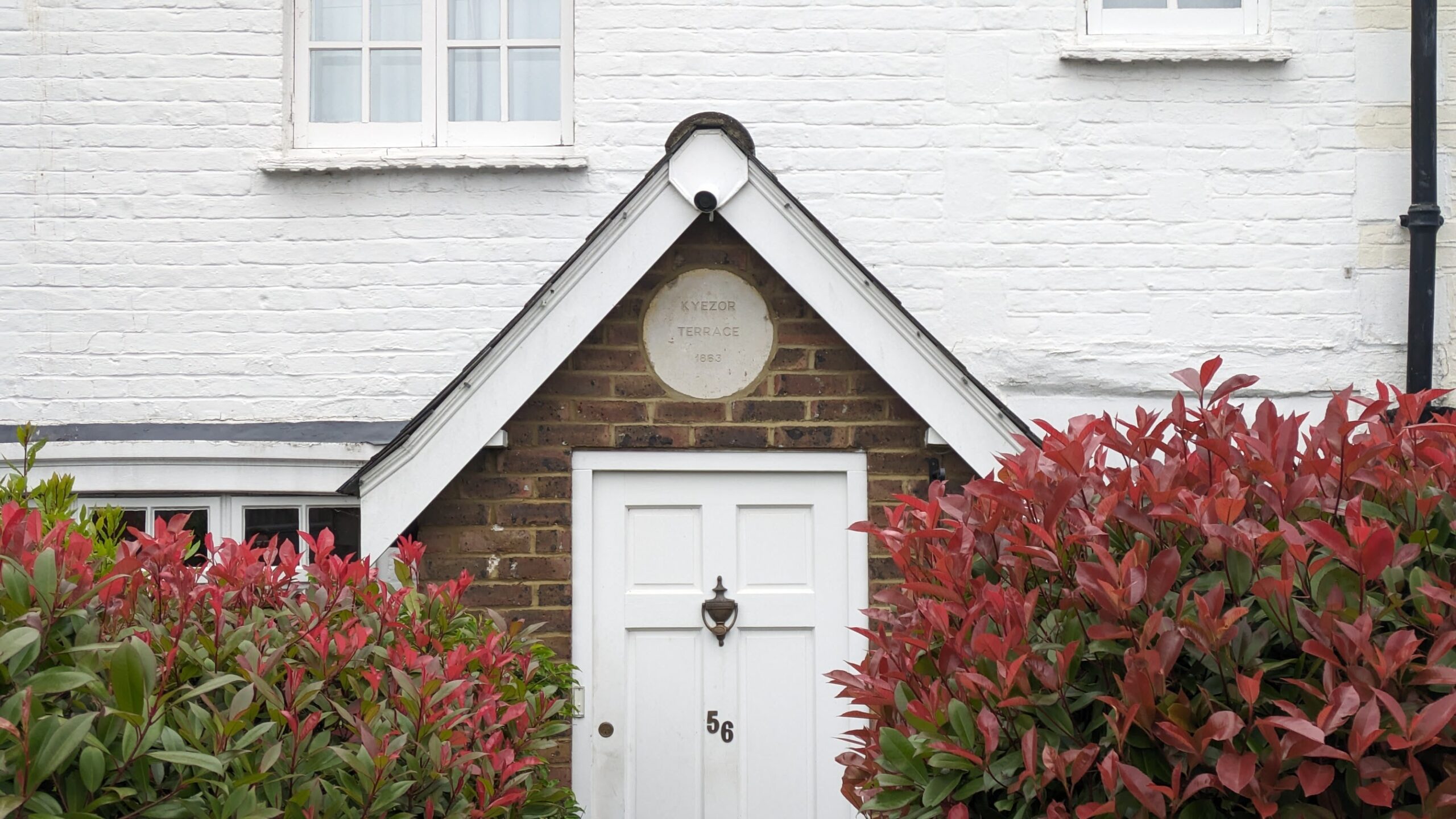
The King of Whitton
A name few will have heard of, but someone who had a significant impact on the growth of Whitton in the 19th century. Regarded then and now as somewhat of a character, his impact can still be seen today.
Louis Kyezor was Jewish and said to have been born in Frankfurt between 1795 and 1797, although other sources state that he was second generation and born in Cambridge. The first known reference to him was in Doncaster in 1830 where he had a cloth shop before moving to London around 1835, appearing in records as a watchmaker on Tottenham Court Road.
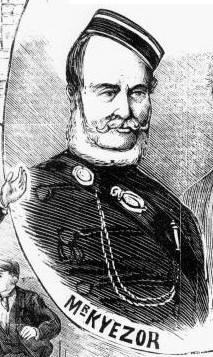
He would become a father to five children, two of whom had died by 1860 and was married twice, with Elizabeth his second wife dying in 1859. He was keenly involved in Jewish affairs and many records about him come from letters published in the Jewish Chronicle.
His involvement with Whitton began around 1840. Previously a place of grand estates lived in by people such as Godfrey Kneller and the Duke of Argyll, these had declined and some large houses had been demolished. An acquaintance of his called Morris Emanuel had become the owner of the now dilapidated Kneller Hall, had overseen its redevelopment and reopened it in 1850 as a Training School for the Teachers of Pauper and Criminal Children in Poor Law Institutions. In 1856 it was sold to the War Department and it became the Royal Military School of Music. Morris Emanuel owned other properties in Twickenham and Whitton and seems likely to have introduced Louis to the village and its property development opportunities.
Upon his first visit it is said that he had trouble finding Whitton and when he did, he was greeted by a female resident warning him –
“to leave the area as soon as convenient, or he might probably have his throat cut.”
Undaunted by his reception he made his first property purchase called the ‘Pigsty Rookery, a collection of five house on Hounslow Road. He further built two semi detached houses to the north known as Gotha Houses, one of which would become his home and two more to the south called Swiss Cottage and the Prince Albert Public House.

The woman’s description of some of the village’s residents wasn’t entirely inaccurate as his first developments were subject to various incidences of theft including bricks, lime and timbers. The perpetrators openly boasted how they had ‘found these articles useful in building or repairing their pigsties.’ As result he lobbied Scotland Yard for protection and two constables were sent to reside permanently in the village.
He continued to fill in the gaps between the properties on Hounslow Road and built Matilda Cottages in 1848 and Jessey Cottages in 1849, meaning he owned a row of 9 houses north of the Prince Albert, called Keyzor Place, later known as Park Place.
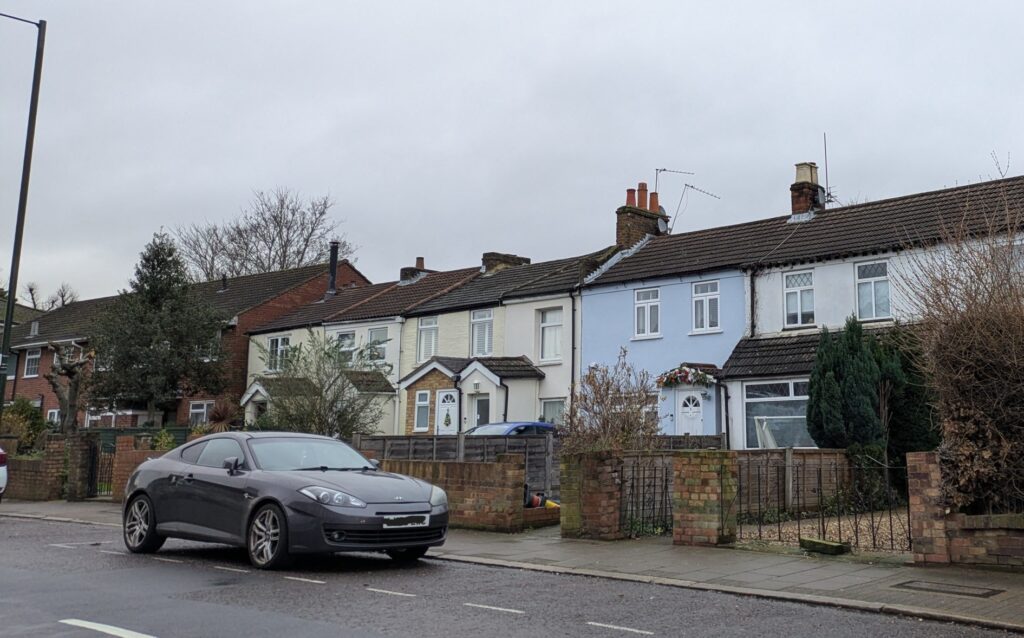
In 1859 he built four more houses called Kyezor Villas, 161-169 Nelson Road.
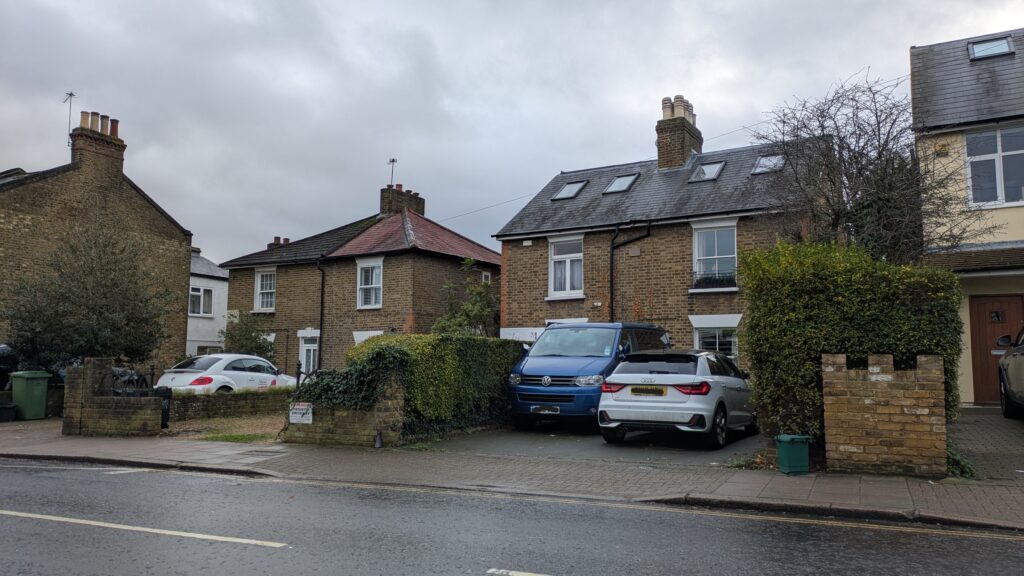
This was followed by the construction of another five houses, now numbers 52 to 60 Nelson Road, called Kyezor Terrace, located next to Regan’s Fish and Chip Shop.
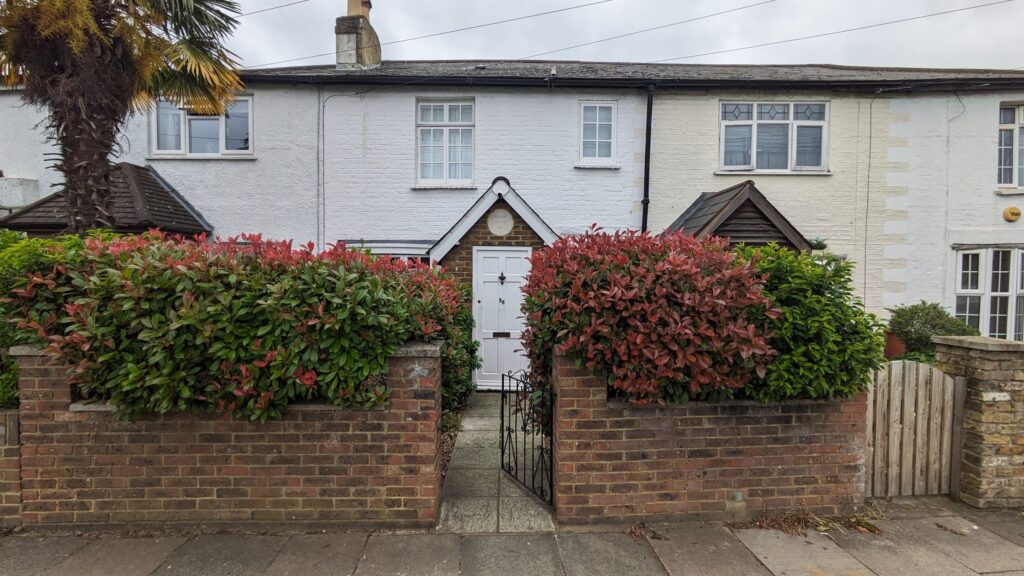
He further purchased four cottages on Pearce’s Road, off Hounslow Road. By 1865 he came to own thirty three homes and one pub.
Despite arriving in Whitton around 1840 he did not live in the area until the mid 1850s when he would chiefly involve himself in the spiritual, charitable, political wellbeing of the village before meeting an untimely and violent end on Hounslow Road in 1869.
Information taken from the book ‘Louis Kyezor – the King of Whitton 1796-1869.’ Available to purchase from the Borough of Twickenham Local History Society here.


